Jungle Scout’s Supplier Database is getting even better! Now, when you need to find Amazon suppliers for your private label/e-commerce business, you’ll be able to do so in seconds using our brand new ASIN search feature.
Then, once you’ve discovered the suppliers (using either Extension or the Supplier Database), you can add them to the Supplier Tracker to easily track communications and compare quotes.
Check out the following video, as I demonstrate the new Supplier Database features. I show you how to make the most of them to power up your 2019 sales.
What is Jungle Scout’s Supplier Database?
Jungle Scout’s Supplier Database is a powerful supplier search engine that helps you source manufacturers, vendors, suppliers, and trading companies for your Amazon products.
Search for suppliers by product, company, supplier name, and now by ASIN. You can see supplier details including shipments and customer volume. You can also save suppliers to lists, and use the new Supplier Tracker feature to compare quotes and save contact information as you communicate with various suppliers.
How does Supplier Database work?
1. Search suppliers
Inside Supplier Database, you currently have four ways to search for a supplier :
- ASIN (NEW!)*: Now, if you have Amazon’s product identification code (the ASIN), you can type it into the database of suppliers and it will tell you which exact company manufactured and/or supplied the item. For example, if you’re using your Jungle Scout Chrome extension to search products on Amazon and find an Opportunity Score 7 product, you can learn where the top sellers in that niche source their products directly.
- Product keyword: Find the suppliers of a certain type of product you are interested in. Supplier Database then returns the best supplier matches for your potential Amazon product. Maybe you have an idea for an original product that you can’t find on Amazon? By putting the keyword associated with that product, the database will suggest the most relevant supplier option for you.
- Company: If you want to discover who your competitors use to source their products, simply type in the name of their company in this field. The database will immediately display the suppliers the company orders from the most.
- Supplier: If you know the name of the supplier already, you can enter it to see how many products they’re shipping to the U.S.*, the volume of their transactions, and which companies use them.
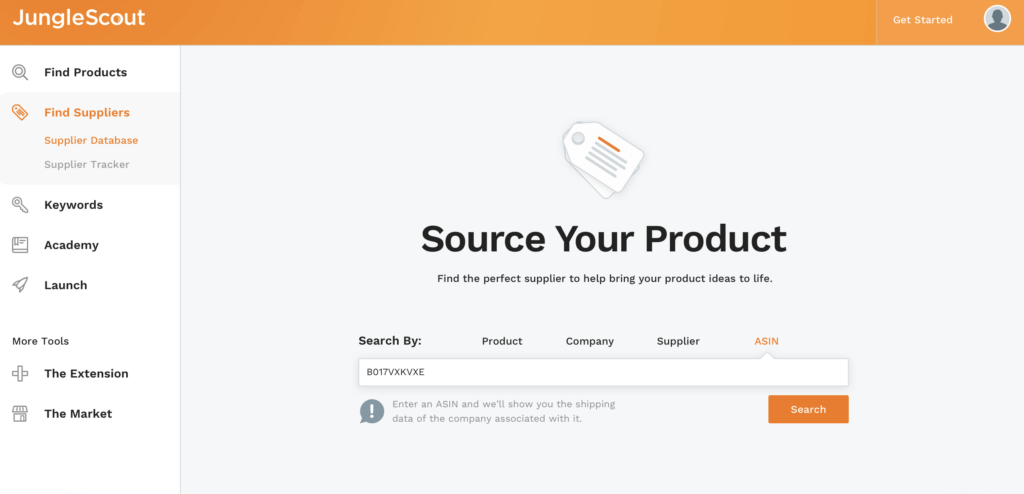
2. Verify details to find your supplier match
Supplier Database can help you narrow the field of relevant suppliers for your unique needs. Certain data points you can explore include:
- Number of imports the supplier has shipped into the US
- Other companies that use the supplier
- Types of products the supplier manufactures
It also helps sellers find suppliers willing to produce niche products or fulfill smaller order quantities.
Once you discover an Amazon supplier for your new product, Supplier Database helps you find their contact information, which you can customize and save in Supplier Tracker.
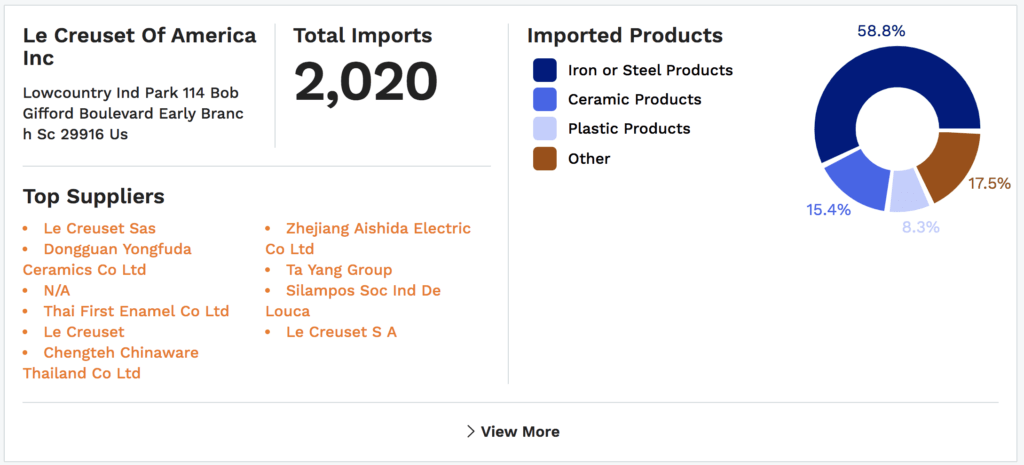
3. Track suppliers and quotes
After you save a supplier from Supplier Database, you can access it again through your Supplier Tracker. In addition to keeping the supplier’s contact information and customs data available for you, the Supplier Tracker can save lead times, unit costs, quantities, and more.
Supplier Tracker also allows you to group your suppliers based on your different product ideas, location of the suppliers, or however you prefer. Once you’ve created groups, you can add new suppliers to the tracker using the new “Add Suppliers” feature. This saves you the trouble of having to perform another search in order to expand your supplier lists.
With these features to help you review and sort your supplier data, comparing your supplier options and quotes is quick and seamless.
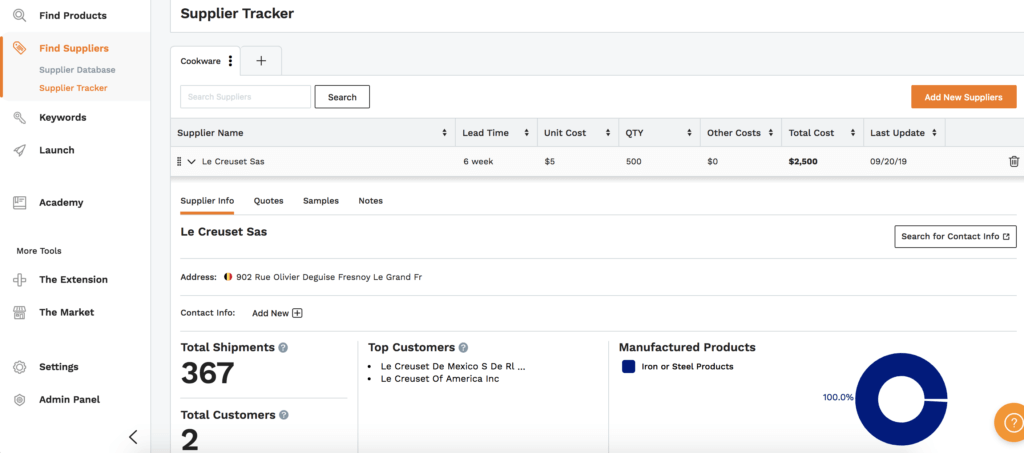
How is Supplier Database different than Alibaba or other supplier database tools?
What really sets Jungle Scout’s Supplier Database apart from Alibaba or other databases is that it’s specifically created with the Amazon FBA seller in mind. With functions like ASIN and company search, you can see exactly who your competitors are sourcing their products from.
Plus, the supplier tracker lets you organize, sort, and compare prices of multiple vendors to ensure that you keep costs down.
How do I access Supplier Database?
Supplier Database is part of Jungle Scout’s powerful web-based solution and Jungle Scout’s Chrome extension.
To access Supplier Database, log in to your Jungle Scout account. Click on the sales tag icon (or ‘Find Suppliers’ when hovering over the tag). It’s located directly below the magnifying glass icon on the left-hand side of the page.
Once you go into ‘Find Suppliers,’ you’re presented with two options: Supplier Database and Supplier Tracker.
You can also find suppliers directly through Jungle Scout’s Extension, accessing 10 monthly searches.
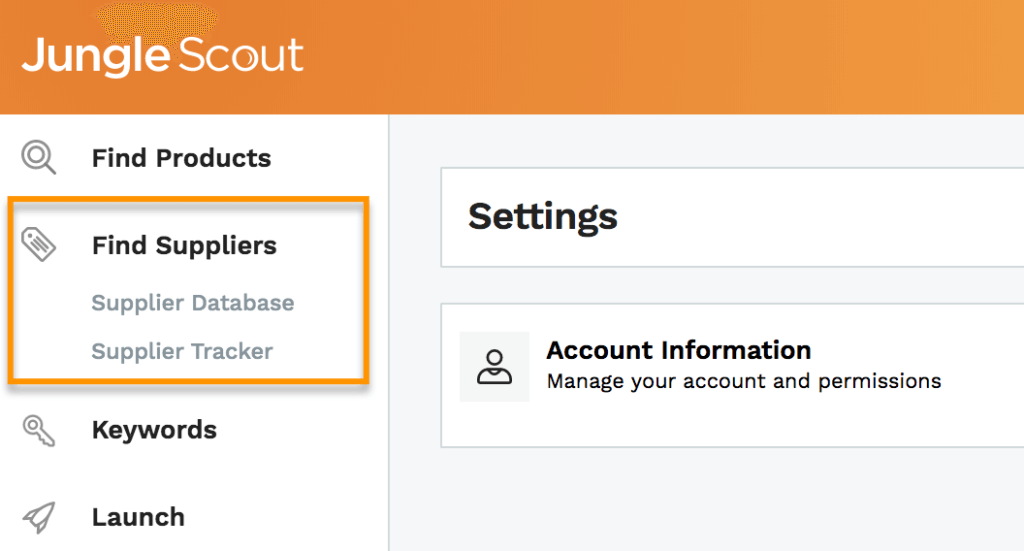
How do I become a Jungle Scout user?
To use the Supplier Database and Supplier Tracker, you will need a Jungle Scout account, specifically the web-based Jungle Scout (as opposed to Extension).
Jungle Scout’s web-based application also offers tools to find products, perform keyword research, launch your products, and more.
*Supplier Database currently shows supplier data based only on U.S. shipments.
See more Jungle Scout updates in our
Power Feature Webinar Series!
Use these powerful new features to help you find products and suppliers, manage sales, and more.
Join us to learn how to power up your 2019 sales.
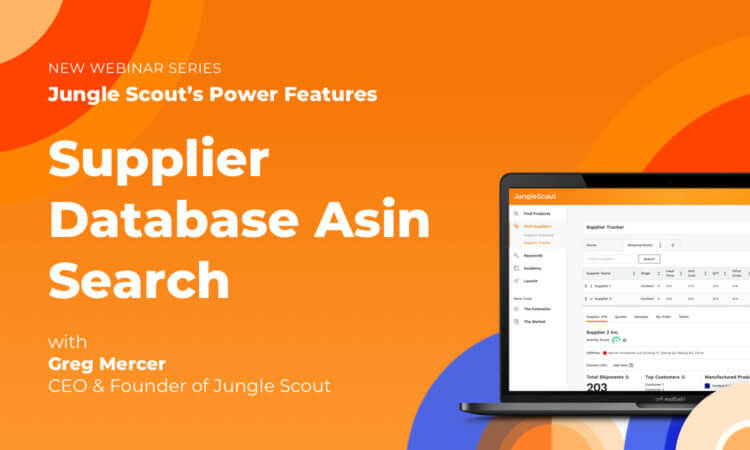
 4 Comments
4 Comments
4 comments on “Find Amazon Suppliers & Compare Quotes with Jungle Scout’s New Supplier Database Feature”